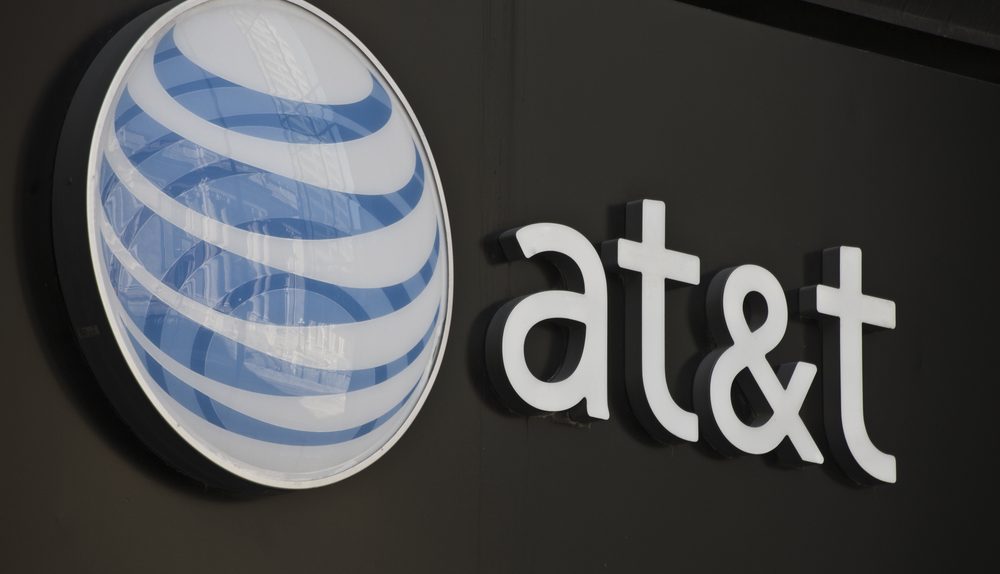Most of the noise we’re hearing about 5G is about how you’re going to be able to drive a racecar through VR or have 8K movies beamed directly into your skull. But the big internet service providers have looked at the bandwidth available with millimeter-wave 5G, thought about how much people would pay for gigabit home broadband, and started seeing dollar signs.
AT&T has been investigating millimeter-wave 5G for providing home internet service for years, and it’s been trialing it in a few locations in Austin for months. Now, those trials are expanding, with three additional cities getting pilot programs by the end of the year.
AT&T is using the 5G millimeter-wave protocol to provide fixed-line broadband services to residential and business customers. Using a wireless signal for the “last mile” could be a revolution for the home broadband industry: digging up roads to install fiber-optic cable gets you gigabit speeds, but at massive cost for the telecoms companies. If, instead, they can run fiber to the end of your road and then beam the gigabit signal to a receiver on your house, it could make superfast internet easy to install and cheap.
Having already trialed the tech, AT&T is expanding to Waco, Texas; Kalamazoo, Michigan; and South Bend, Indiana by the end of the year. “Taking our fixed wireless 5G trials out of the lab and into the real world helps us learn important factors about mmWave and 5G. And in doing so, we’re learning how to better design our network for the future,” Marachel Knight, AT&T’s senior vice president, Wireless Network Architecture and Design, said.
AT&T is making noise about this being a 5G trial, but you need to remember to take that with a pinch of salt. The 5G standard has not yet been finalized, and 5G is about way more than beaming internet directly into your home. Instead, think of this as an important stepping-stone to getting cheap fast home broadband.










